EV fightback! Can the 2026 Honda-Nissan-Mitsubishi merger finally get Japan competitive against Tesla and the Chinese?
Nissan and Honda have inked a memorandum of understanding and announced they are plotting to merge and create a powerful Japanese car-making giant.
The deal, that will see Honda and Nissan join forces by 2026 and will likely also include Mitsubishi, will signify the final nail in the coffin for the Renault-Nissan-Mitsubishi alliance.
The tie-up would create the world’s third largest car-making group after Toyota and Volkswagen.
READ MORE: Light speed: Honda next-gen 0 Series electric cars preview F1 tech that will give it the edge over its cheaper Chinese rivals
READ MORE: Will it be a Hossan or Ninda? Honda dumps GM, plans new family of affordable electric cars with Nissan
READ MORE: Electric car game-changer: Nissan to start rolling out solid-state battery EVs from 2028
READ MORE: You can forget a cheap Japanese electric car in Australia: Red-tape ends Mitsubishi’s dream of sub-$30K eK SUV
READ MORE: Mitsubishi muscles up: All-new Pajero plug-in hybrid to deliver 285kW and proper 4WD – reports
But Honda’s motivation to merge with its existing rivals hasn’t been driven by growth in size.
Instead, Honda wants all three to pool resources and share the huge cost of developing its next-generation EVs and plug-in hybrids.
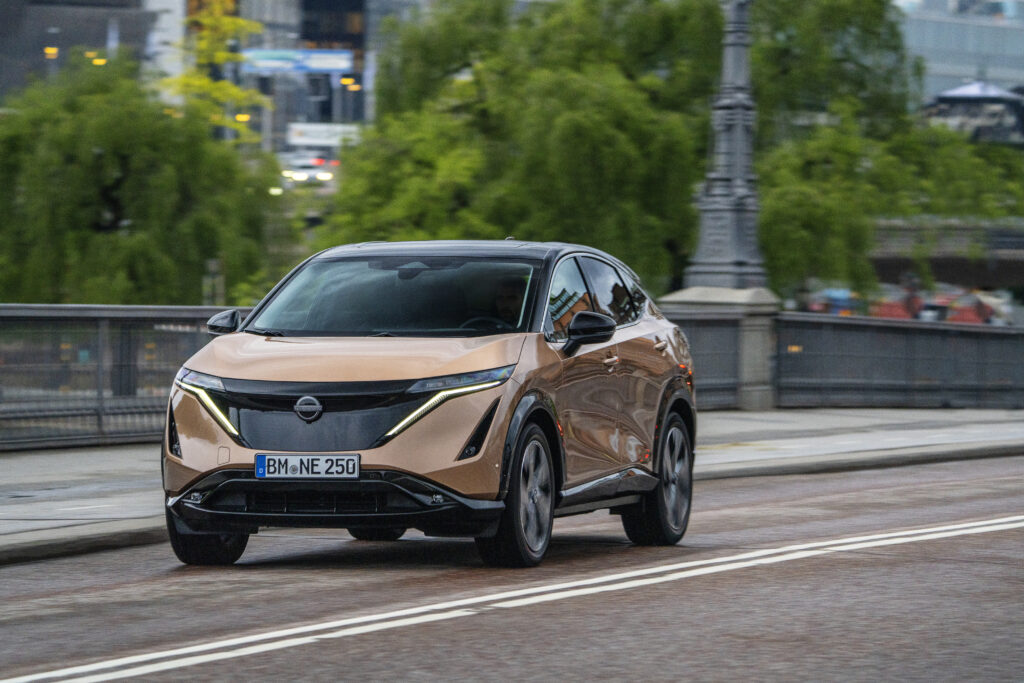
Sharing costs would drive up profit, enabling it to compete on a level-footing with the likes of both Tesla and the looming threat of Chinese car-makers such as BYD.
Yet more costs will be saved through streamlining manufacturing, that could see some plants switch to producing multi-brand models allowing the car-making giant to shut facilities where vehicles are expensive to make.
Honda already knows it needs to rapidly ramp up its R&D spend to enable it to not only keep up with the fast-paced development of EVs but also allow it to create more software-defined vehicles and driverless cars.
Post the merger, Honda-Nissan promises consumers “more attractive products”.
Nissan chief executive Makoto Uchida said: “The business environment continues to change significantly and faster than expected.”
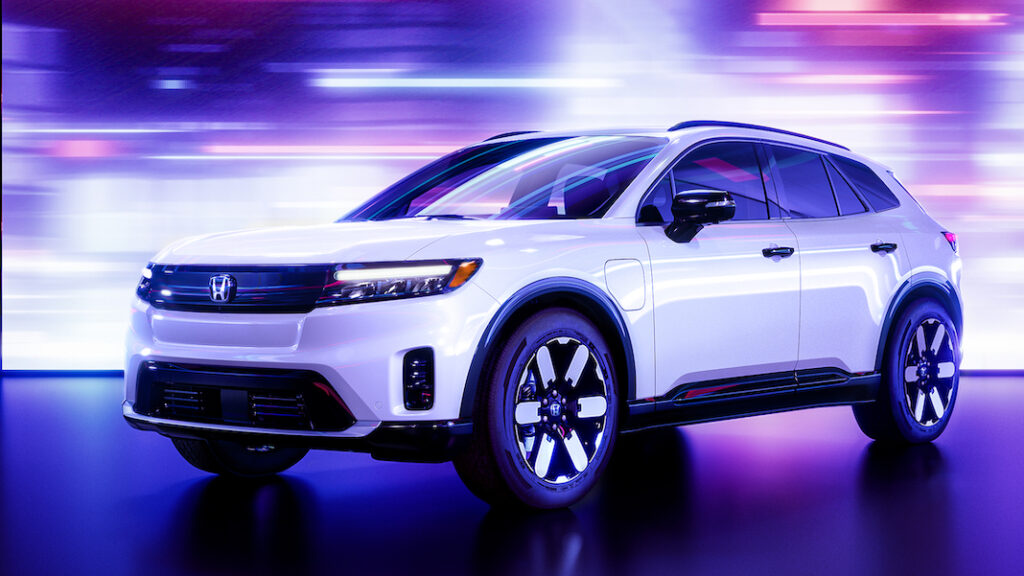
But he still expressed confidence the Japanese car-maker’s future was bright.
The biggest shake-up in the global car industry since Fiat Chrysler Automobiles merged with PSA in 2021 will be even more seismic if Mitsubishi Motors also decides to join the new car-making Group.
Mitsubishi execs have until the end of January to decide whether to sign up or remain in its existing alliance with Renault.
Post the merger, Honda and Nissan say they will aim for combined sales worth 30 trillion yen ($A306 billion) and an operating profit of 3 trillion yen ($A30 billion).
Proposing a timeline that includes wrapping up final talks in 2025, the new holding company will be founded by August 2026.
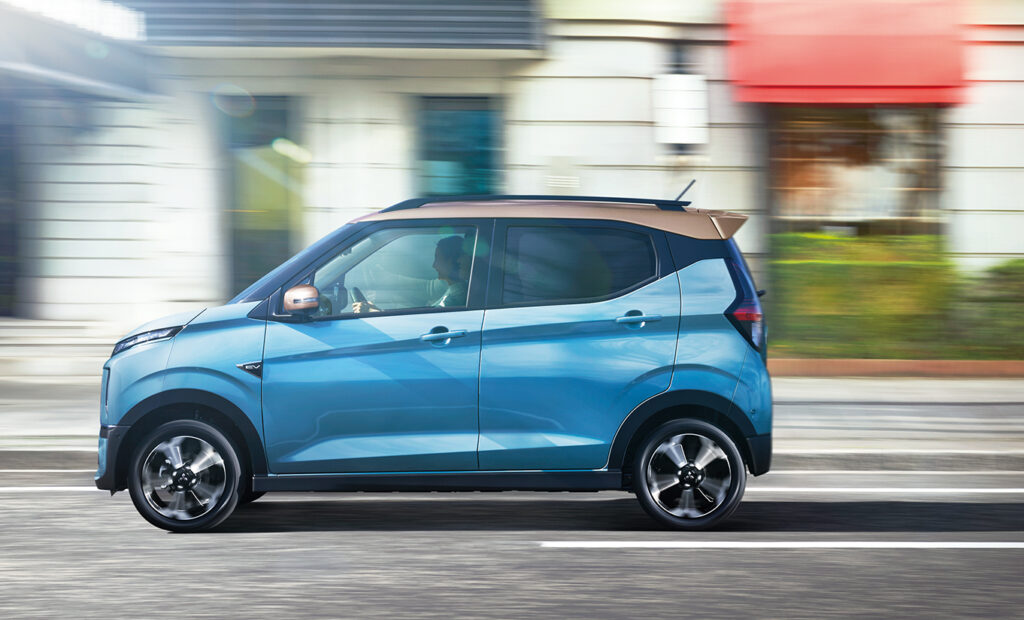
With the inclusion of Mitsubishi, Honda-Nissan-Mitsubishi will sell more than eight million vehicles annually, bumping the world’s third-biggest car brand (Hyundai and Kia) down to fourth place when it comes to global sales.
The merger has been timed perfectly for Honda, at least, as it comes when some analysts have given Nissan less than 12 months to live, following a significant sales drop-off in the US and China.
Nissan had already responded before the merger talks, announcing it would cull 9000 jobs and slash global production by 20 per cent.
Honda, too, isn’t in the best of health reportedly suffering a sales slump in China. However, demand for its hybrids remain strong, while its motorcycle division continues to perform well.
Currently, Honda is worth around US$40 billion ($A64b) – almost four times that of Nissan and its size means that it will appoint the majority of the new holding company’s board, effectively helping it gain control of the ailing brand.
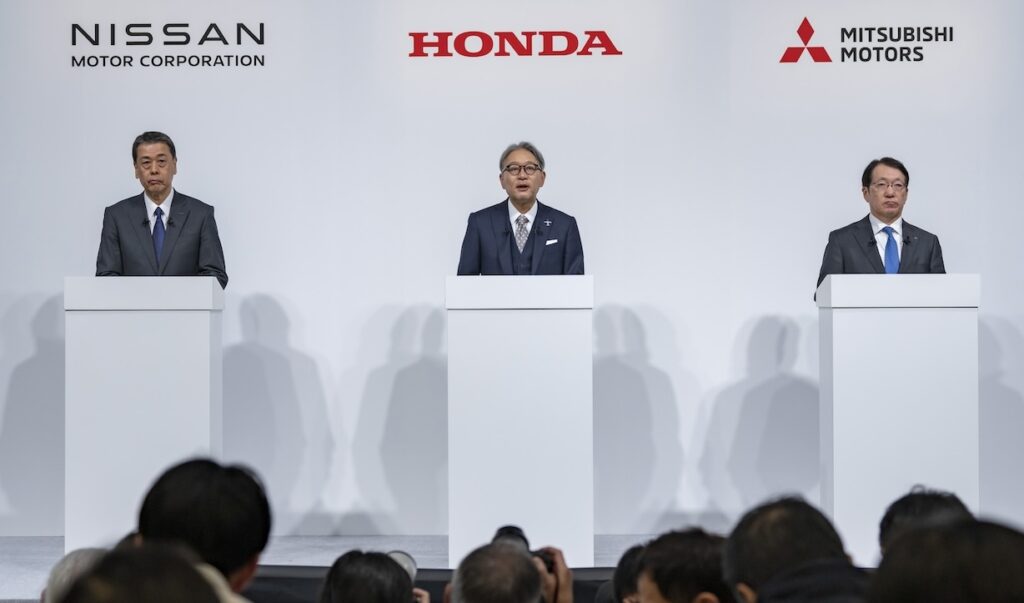
Despite some claiming otherwise, Honda CEO Toshihiro Mibe clarified the merger wasn’t a bid by his car-maker to save Nissan.
“This is not a rescue of Nissan,” declared Mibe, although he did go on to say a Nissan turnaround was a prerequisite for the marriage of the two brands.
“The rise of Chinese automakers and new players has changed the car industry quite a lot. We have to build up capabilities to fight with them by 2030, otherwise we’ll be beaten,” said the Honda CEO in a statement.
Where the new merger leaves Renault is still unclear, although Nissan execs have announced that it would continue to work with Renault on a “project basis”, if there was a “synergy” to be found.
One vocal critic of the merger is former Nissan boss, Carlos Ghosn, who labelled the merger plans as a “desperate move” by companies in “panic mode”.
Ghosn, who remains on the run in Lebanon, was the 1999 architect of the Nissan-Renault Alliance. He managed to turn around failing debt-ridden Nissan to profit in just one year but in 2018 fell from grace following an alleged under-reporting of compensation, misuse of company assets and other fraudulent activities.
He escaped Japan in 2019 and moved to Beirut where he remains at large.

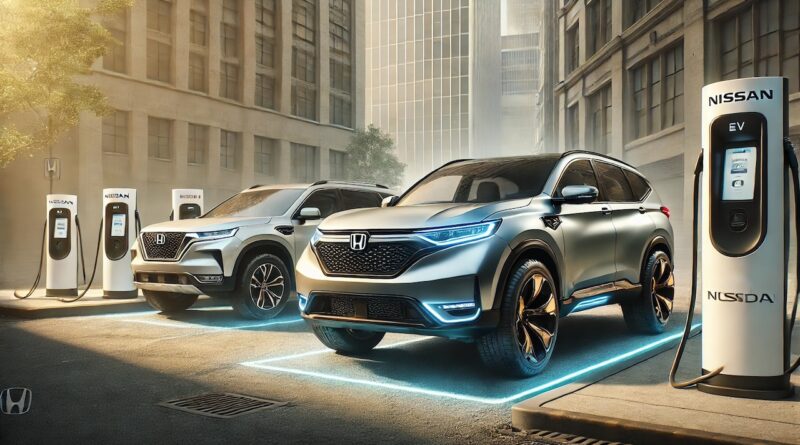
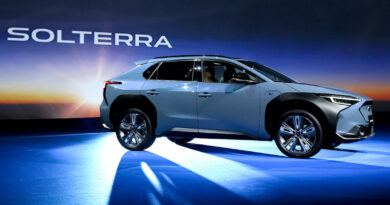
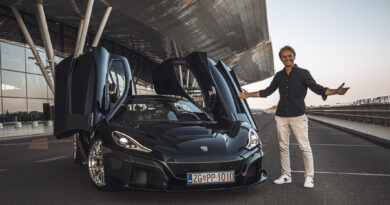

Nissan chief executive Makoto Uchida said: “The business environment continues to change significantly and faster than expected.”
Should read;
Nissan chief executive Makoto Uchida said: “The business environment continues to change significantly and we have moved far too slowly to keep up. We have been far too conservative and will be bringing in some younger and more dynamic management in an effort to survive”